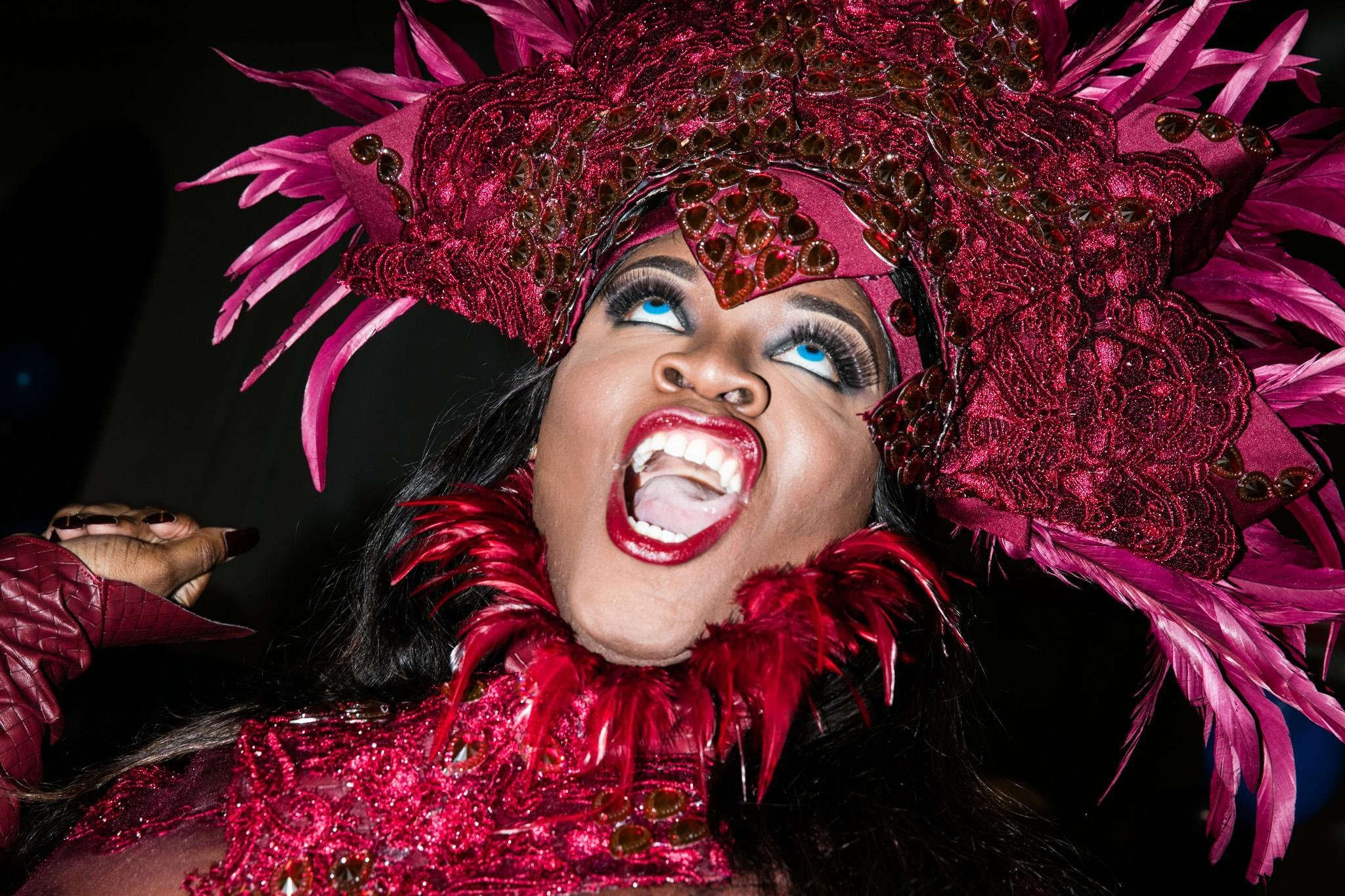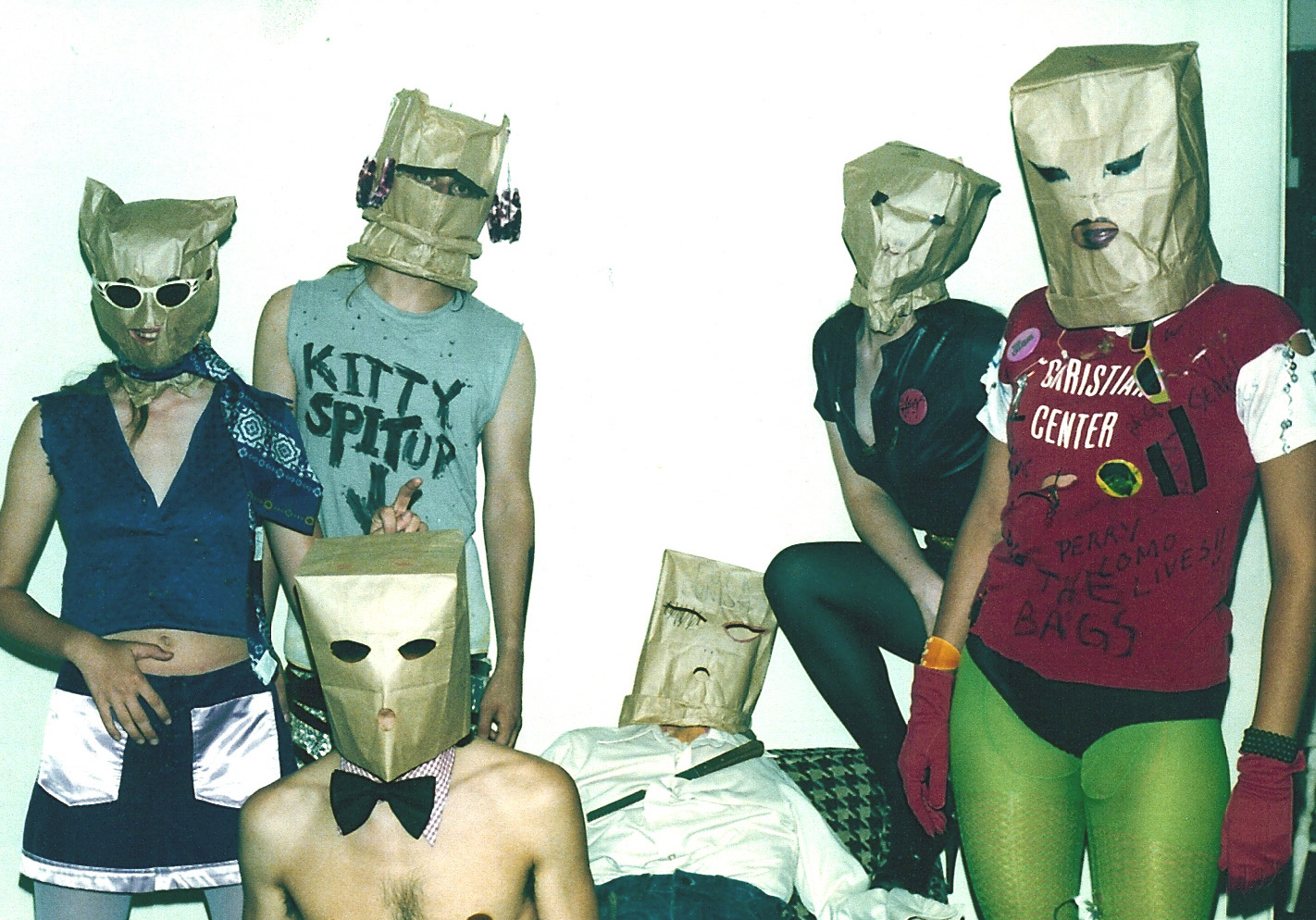Listening to Music Underwater
Wet Sounds uses physics and experimental compositions to make music for a different kind of pool party
The commonly held belief is that you can’t hear anything underwater. Film directors have audiences dive into pools with the characters and suddenly the music becomes unintelligible. Pop culture has typecasted water as the thing that makes sound diffuse and muted, like screaming into a pillow but with more bubbles. However, this perception is actually the opposite of how sound registers to human ears when they are submerged.
The revelation certainly surprised Joel Cahen, 43, the UK-based sound and visual designer who founded the traveling “deep listening” event Wet Sounds. “For some reason, I thought that sound underwater would be like in the movies... kind of muffled,” he says. “But actually it’s super sharp and really clear – really, really, super clear.”
Next time you’re in a lake with a friend, go underwater and have them gently click two rocks together. You’ll be able to hear it clear as a bell from hundreds of feet away. Sound needs a medium to travel through (that’s why in the vacuum of space, no one can hear you scream), and sound moves four times faster through water than it does air. “Because you’re in a confined space, the shorter wavelengths travel better, like midrange stuff,” says Mark “Frosty” McNeill, host of RBMA Radio’s LAndscape and longtime force behind Los Angeles nonprofit online radio station Dublab. “When you hear a voice underwater it’s really clear, because that kind of vocal range works best.”
[Sound underwater] doesn’t really travel through your eardrums. It automatically vibrates the skull, and from that, your ears.
Cahen’s aim with Wet Sounds is to explore the psycho-physical properties of underwater music and how it can best be experienced by an audience coming to a concert in swimsuits. Sharper sounds, such as the dulcimer or, say, Alice Coltrane’s harp, register as especially dynamic underwater, while big bass sounds are less effective because they need much more energy to move through water. “Abstract soundscapes work really well,” Cahen says, “but at the same time, if you have rhythm-based stuff, that can sound really good because you’re basically living in it. You’re inhabiting the space where the sound is happening.”
To maximize those sounds in the Wet Sounds performances, Cahen uses powerful underwater speakers, not unlike the ones the military use to communicate with divers. The sounds range from Cahen’s own lysergic soundscapes to vocal chants to an all-underwater barrage of “laser sounds” masterminded by Neil Campbell (of Astral Social Club) for one event in Batley, United Kingdom. “Harsh stuff,” he laughs. “[The crowd] was kind of splashing around, and someone every once in awhile would be lying on their back and I knew what they were hearing. They were hearing insane noise.”
The idea for Wet Sounds materialized nearly ten years ago, when Cahen became intrigued by the idea of underwater speakers, and the fascinating relationship between sound and water. “There are various properties of sound which are already very different to listening in air,” he says. “It doesn’t really travel through your eardrums. It automatically vibrates the skull, and from that, your ears.” And since underwater sound is picked up by direct vibrations of inner ear nerves, it inevitably sounds – and feels – more immediate.
When you’re in the womb, the only sense that you are aware of is sound because of the vibrations.
In 2008, Cahen commissioned a selection of immersive underwater sounds from all around the world for the first iteration of Wet Sounds. What began as a brief tour to several pools in the UK has since evolved into worldwide operation involving visual installations, aquatic therapy for special needs children and adults, water instruments, scuba performance art, and music both above the surface and underwater. The result is pleasantly personal, despite being surrounded by a crowd of other people splish-splashing in the same pool. “You really get that sense of floating in nothingness,” a Wet Sounds guest told the BBC in 2014. “You get a kind of very...solitude-type feeling.”
The experience is even more intimate, given that water is the conduit through which humans first become cognizant of sound itself. “When you’re in the womb, the only sense that you are aware of is sound because of the vibrations,” Cahen says. “So there’s something really primordial and really intimate about [underwater listening].”
Yet that entirely depends on how long audiences are able to hold their breath underwater, especially because not all Wet Sounds events come with snorkels. Cahen says that snorkels are even banned at UK performances “because they’re considered subaquatic equipment and lifeguards aren’t trained to deal with that.” Guests are, however, given floating noodles.
So while having to bob your head above the water to breathe is a survival tactic necessary to enjoy one of these events, it can also become a curious interplay – a performance within a performance – as revelers deftly move through aquatic and terrestrial worlds. Guests can enjoy the sounds and visuals by floating on the surface of the water, dunking their head into the pool completely, remaining above the surface, or a combination of the three. “That’s a very unique circumstance of sound,” Cahen says. “In this case you have two separate spaces that are separated by the water surface. You just splash around, then can put your head in the water and have a completely different headspace.”
Frosty, whose shows have featured the likes of Ghanaian musician SK Kakraba performing the xylophone in tandem with the gurgles of the Los Angeles River, also toys with these alternating listening spaces between the submarine and the terrestrial. Earlier this year, Dublab hosted the underwater pool party Bubble Up in Ojai, California, which featured Lucky Dragons on the decks and even an underwater photo booth. “Our event was a fun, sunny pool party above water,” he says, “And below water it was a dreamy, ambient experience.”
On October 23, RBMA will collaborate on a performance with Wet Sounds and Lorenzo Senni, Dopplereffekt and DJ Stingray at the Olympic Pool in Montreal. For more info, click here.

